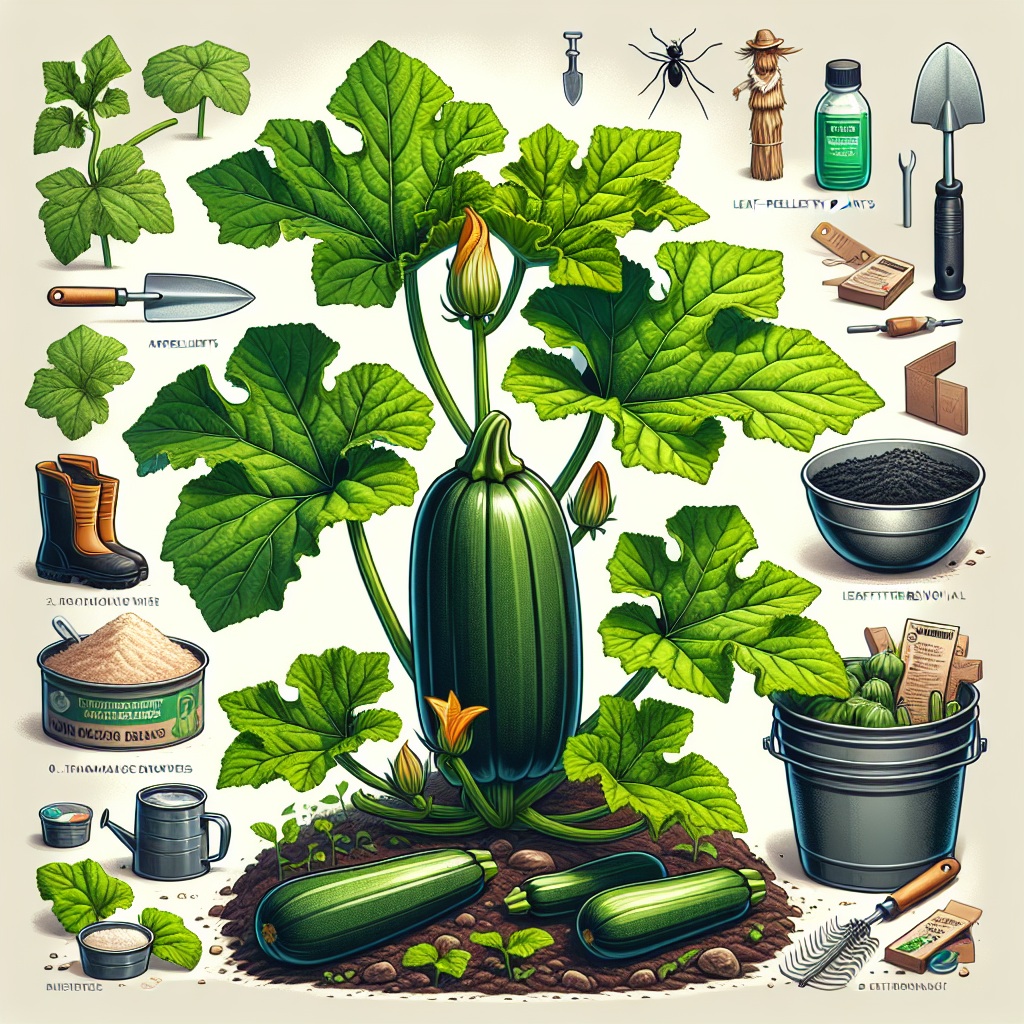Caring for Snake Plants: A Step-by-Step Guide to Thriving in Low Light
Updated July 1, 2024 at 5:17 am

Overview of Snake Plant Care
- Pet Friendly: Take caution; snake plants can be mildly toxic to pets if ingested.
- Light Requirements: Ideally thrives in low light but can tolerate indirect bright light as well.
- Watering: Allow soil to dry between waterings, typically every 2-6 weeks.
- Humidity: Prefers average indoor humidity levels around 40-50%.
- Temperature: Best suited to temperatures between 60°F and 80°F (16°C-27°C).
- Difficulty: Considered low-maintenance, perfect for beginners or busy plant owners.
Choosing the Right Spot for Your Snake Plant
If you’re wondering where to place your snake plant, don’t worry too much — they’re famously undemanding. Although they can adapt to low light conditions, avoid the common mistake of setting them in a dark corner and forgetting about them completely. Snake plants do need some light to perform photosynthesis. A north-facing window, or a spot that receives filtered light, could be the spot your snake plant calls home. Don’t stress about moving it around, though; snake plants forgive and forget.
Watering Your Snake Plant the Right Way
When it comes to hydration, less is more for snake plants. These succulent-like beauties store water in their leaves, making them drought-tolerant. However, this also means they’re prone to root rot if overwatered. A golden rule is to water only when the top inch of the soil is dry. This could mean watering every couple of weeks in summer, with a reduction in frequency during winter months. Remember, it’s said that people find these plants so easy because they often forget to water them, and they survive just fine!
Nutrients and Fertilization
Your snake plant doesn’t need to be fed very often, but a little plant food can encourage lusher growth and occasional flowering. During growing season (spring and summer), feeding it with a half-strength general-purpose houseplant fertilizer once a month is adequate. I’ve noticed that products like Miracle-Gro Indoor Plant Food are popular among my circle and online reviewers seem to agree. They appreciate its ease of use and the balanced nutrients that support the snake plant’s slow growth without the risk of fertilizer burn.
Find This and More on Amazon
Dealing with Low Humidity and Temperature
While snake plants are native to tropical West Africa, they do well in our less humid homes. If the air in your home is particularly dry, for example during the winter months when the heating is on, a simple fix could be to place a small humidifier nearby or to use a pebble tray with water under the plant’s pot. Remember, they are forgiving if these conditions can’t always be met.
The Best Soil for Snake Plants
What kind of soil makes a snake plant happy? Well, you might be noticing a theme here — they’re not too fussy. However, your plant will thank you for a well-draining potting mix. Potting mixes intended for cacti and succulents usually do the trick, offering the right balance of drainage and support. Look out for brands like Espoma Organic Cactus Mix, which is often recommended for its natural ingredients and consistent performance as per user reviews I’ve come across.
Find This and More on Amazon
Repotting: When and How
Think your snake plant needs a new pot? They prefer being root-bound, so you don’t need to rush this process. Repotting every 2-3 years is typical. When you do repot, select a pot that’s only one size larger than its current home. Be gentle with the roots and allow the plant to adjust to its new pot by avoiding watering for a few days after the move.
Common Issues: Browning Leaves and How to Address Them
Seeing brown tips or spots on your snake plant? It could be signaling that it’s received too much direct sunlight, or it’s been overwatered. Another culprit might be low humidity. If your indoor air is too dry, misting the leaves occasionally can help. Do remember though, browning can also occur as a natural ageing process of the plant.
Propagation: Growing More Snake Plants
Want more snake plants without heading to the nursery? It’s pretty straightforward to propagate them. You simply cut a leaf into segments and place them in water or directly into the soil. It takes patience as this isn’t a speedy process, but it’s incredibly rewarding to see new growth that you’ve cultivated yourself.
Handling Pests and Diseases
Even the hardy snake plant can fall victim to pests and diseases occasionally. Common pests like spider mites or mealybugs might appear if conditions are too dry. Keeping humidity levels stable can help prevent them. If pests do arise, wiping them with a neem oil solution can be effective. As for diseases, root rot can be a threat if the plant is overwatered. Ensuring a well-draining soil and pot will minimize the risk of any fungal diseases that thrive in wet conditions.
Pruning Your Snake Plant
Pruning isn’t a regular necessity with snake plants, but if you notice a damaged or brown leaf, it’s a good idea to remove it. Use clean, sharp scissors or pruning shears, and cut as close to the base as possible. This not only keeps your plant looking its best but also prevents potential spread of disease. Remember to sterilize your instruments before and after use to prevent any cross-contamination.
Maximizing Growth and Encouraging Blooms
Generally, snake plants are more about their striking foliage than their flowers. However, with proper care, you might be pleasantly surprised by a rare bloom. To encourage flowering, provide your snake plant with bright, indirect light and avoid overwatering. While it’s not guaranteed, flowering is a sign of a happy and healthy plant. As for growth, while they’re not the fastest growers, ensuring they’re in the right environment will encourage a steady pace.
Safe Practices for Homes with Pets
While snake plants can be toxic to pets, you don’t have to give up on having one in a pet-friendly home. Place it out of reach, like on a shelf or in a room that pets don’t have access to. Providing a deterrent like a pet repellent near your plant could also be useful. If you suspect your pet has ingested part of a snake plant, it’s important to contact your vet immediately.
Decorating with Snake Plants
One of the joys of snake plants is their architectural shape and air-purifying qualities, which make them perfect for decorating. They fit well in minimalist or modern designs but are versatile enough for any decor. Tall snake plant varieties make excellent floor plants, while smaller ones are great on desks and shelves. With a variety of patterns and colors, these plants can add a lively touch to any room.
Understanding the Signs of a Thriving Snake Plant
A thriving snake plant has stiff, upright leaves that are a vibrant green color, often with variegated patterns. If you’re noticing that the leaves are floppy or the color is dull, it can be a sign that something’s off with the care routine. Adjusting light exposure, watering frequency, and ensuring the right soil can bring your snake plant back to its full glory.
Seasonal Care for Snake Plants
While snake plants are relatively stable in their care, there are some seasonal adjustments you might make. In winter, for instance, your plant will require less water and possibly less light due to shorter days. Protecting your plant from cold drafts and not allowing it to sit in water are key winter care tips. Summer may call for a bit more water and potential shading from intense sun. By observing your plant, you’ll soon learn its seasonal preferences.
Cost-Effective Snake Plant Care
Caring for snake plants can be quite cost-effective due to their hardiness. Purchasing a quality potting mix and a suitable pot is an initial investment that will last for years. Ordinary household items like scissors for pruning, bowls for water propagation, or even diluted dish soap for pest control can be used, avoiding the need for specialized, expensive products.
Recap and Final Tips for Snake Plant Care
To wrap up, caring for snake plants doesn’t have to be a daunting task. By following these steps and tips, you can ensure a happy and healthy plant that thrives even in low light conditions. Remember to place it in a location where it can receive the right amount of indirect light, water sparingly only when needed, use well-draining soil, repot infrequently, and manage pests or diseases proactively, if they appear. Be mindful of the plant’s potential toxicity to pets and place it appropriately within your home. With these considerate care methods, a snake plant can not only survive but thrive in your indoor environment, bringing elegance and clean air to your space.
Engaging the Community
Lastly, don’t underestimate the value of connecting with fellow plant enthusiasts. Joining online forums or local gardening groups can provide helpful advice, allow you to share your own experiences, and even swap propagation cuttings. This sense of community doesn’t just help your plants flourish—it can make the whole process much more enjoyable.
Remember that every plant is unique, and while one snake plant might grow well in a certain spot, another might need a slight adjustment. Keep an eye on your plant’s responses to the care you provide, and don’t be afraid to make changes as needed. With patience and attention, your snake plant will be a long-lasting and rewarding addition to your plant family.
Oh, and one more thing: Enjoy the process! Watching your snake plant grow and adapt to its environment can be a deeply satisfying experience. Don’t just tend to your plant; take the time to appreciate its beauty and the life it brings into your home.
Snake plants have the fantastic ability to elevate any living space not only with their striking aesthetic but also by purifying the air. Plus, with these thorough yet simple steps, even the busiest of us can find time to care for these hardy, versatile plants. So if you’ve been hesitant about adding a snake plant to your collection, don’t be. Take this guide, tailor it to your own environment, and watch as your snake plant becomes a resilient and vibrant feature in your home.
Sharing Your Snake Plant Success
If you’ve followed this guide and found success in your snake plant care, don’t keep your triumph a secret. Sharing your story of a thriving snake plant could inspire someone else to start their plant journey. Whether it’s through social media, a blog post, or simply word of mouth, encourage others to try their hand at the rewarding practice of gardening with snake plants. Together, we can all cultivate a greener, healthier world—one plant at a time.
Shop more on Amazon

